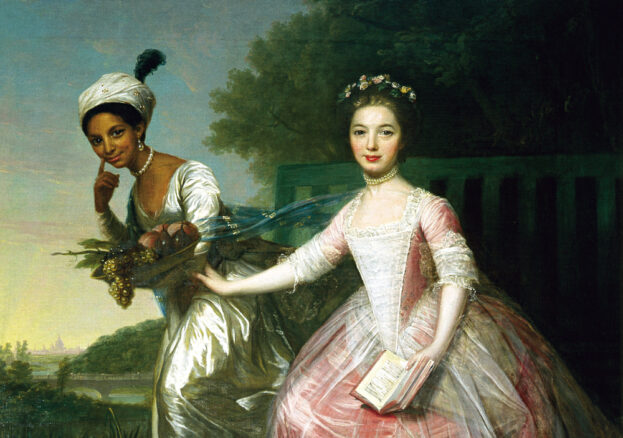
Before Britain’s more recognised epochs, Black women were already leaving their mark on its soil. Roman Britain wasn’t merely a time of conquests and emperors; it bore witness to the daily lives and contributions of its earliest Black women. They weren’t fleeting passersby but foundational figures – traders, artisans, and potential scholars, hinting at a society more diverse than once thought.
While the Tudor era might evoke images of courtly intrigues and grand banquets, Black women carved niches for themselves amidst the complexities. They weren’t mere attendants or servants; they played roles in trade, craftsmanship, and culture. From the thriving markets of London to the bustling docks of Bristol, they left indelible marks, even if history often rendered them invisible.
Defying Darkness: The Era of Slavery
In the shadow of the transatlantic slave trade, a chapter fraught with unspeakable cruelty, the strength of Black women emerged like a beacon of hope. This was not merely a period of subjugation; it was a testament to the resilience, resistance, and reclamation of Black women’s narratives. Every whispered lullaby, shared folklore, and covert meeting symbolized their undying spirit to preserve their identities and cultures.
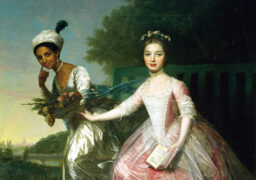
Dido Elizabeth Belle (1761–1804) is one such luminary who shines through the dark annals of history. She was the illegitimate daughter of Sir John Lindsay, a British naval officer, and an African woman named Maria Belle. Dido’s unique social status and upbringing led her to play a significant role in challenging racial prejudices and advocating for social change.
Dido Belle was sent to live with her great-uncle, William Murray, 1st Earl of Mansfield, and his wife, after her father’s death and her mother’s enslavement. Lord Mansfield was a powerful judge and played a crucial role in landmark legal cases that helped shape British law, particularly in relation to slavery and the rights of individuals of African descent.
Dido’s upbringing was uncommon for her time, as she was raised alongside her cousin, Lady Elizabeth Murray, who was of similar age and social standing. Despite being of mixed-race heritage, Dido was treated relatively well within the Murray household and was even allowed to dine with the family, a practice that was highly unusual given the racial prejudices of the era.
Dido Belle’s presence in the household influenced Lord Mansfield’s legal decisions, including the famous Somerset v Stewart case in 1772. In this case, Lord Mansfield ruled that a slave named James Somerset could not be forcibly removed from England and sold into slavery in the American colonies. This decision is often seen as a significant step toward the abolition of slavery in Britain.
While Dido Belle’s exact contributions to these legal decisions are not well-documented, her presence as a woman of mixed-race ancestry in the household likely played a role in influencing Lord Mansfield’s views on race and equality.
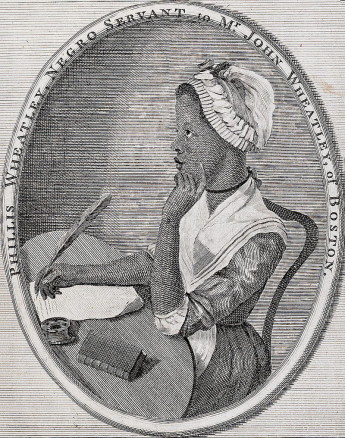
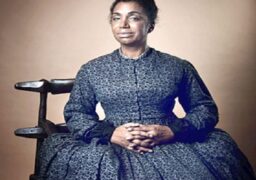
Beyond Dido, there were countless unsung heroines. , despite being enslaved, became the first published African-American female poet, using her pen as a powerful tool of assertion and intellect. Women like Mary Prince, whose autobiography highlighted the brutalities of slavery in the British colonies, played an instrumental role in fuelling the abolitionist movement.
These women didn’t just endure; they turned their hardships into catalysts for change. Their stories serve as enduring reminders that even in the darkest hours, the human spirit can triumph, inspire, and redefine the course of history.
Victorian Trailblazers
The Victorian era, characterised by its immense industrial revolutions and significant societal upheavals, was also a time of profound personal stories and achievements for Black women. Beyond the familiar tales of Queen Victoria and her empire, there were other women who made waves in their own right.
Phillis Wheatley, though her earlier contributions align with the late 18th century, continued to inspire many Victorians. As a former enslaved woman who rose to prominence through her compelling poetry, she encapsulated the spirit of overcoming adversity and the power of self-expression.
Then there’s the indomitable Mary Seacole, whose tenacity took her to the frontlines of the Crimean War. She was not just a caregiver but a pioneer in nursing, demonstrating how passion and commitment could challenge even the harshest war zones. Seacole’s bravery and medical expertise, often offered at her own expense, earned her the admiration of soldiers and fellow caregivers alike. Her legacy is such that, today, her statue stands outside St Thomas’ Hospital in London, a testament to her remarkable contribution.
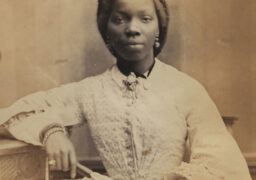
Sarah Forbes Bonetta, another notable figure, offers an intriguing tale. Captured as a royal child in West Africa and later presented as a “gift” to Queen Victoria, she became the Queen’s goddaughter and moved in elite British circles. Her story is not just one of survival but of navigating two vastly different worlds and creating a unique space for herself in Victorian society.
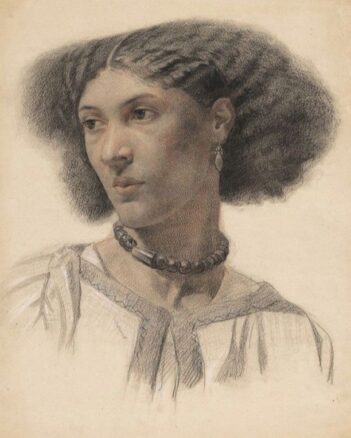
Fanny Eaton, though not as widely recognised, played an essential role in the arts. As a Jamaican-born model, she became an iconic muse for several Pre-Raphaelite painters. In an era where beauty standards were narrow and often exclusionary, Eaton’s presence in numerous artworks subtly challenged prevailing notions of beauty and race.
Together, these women and many others exemplify the diverse roles Black women undertook during the Victorian era. Through literature, caregiving, art, and mere existence amidst societal constraints, they not only shattered preconceptions but also carved a path for future generations, leaving an indelible mark on British history.
